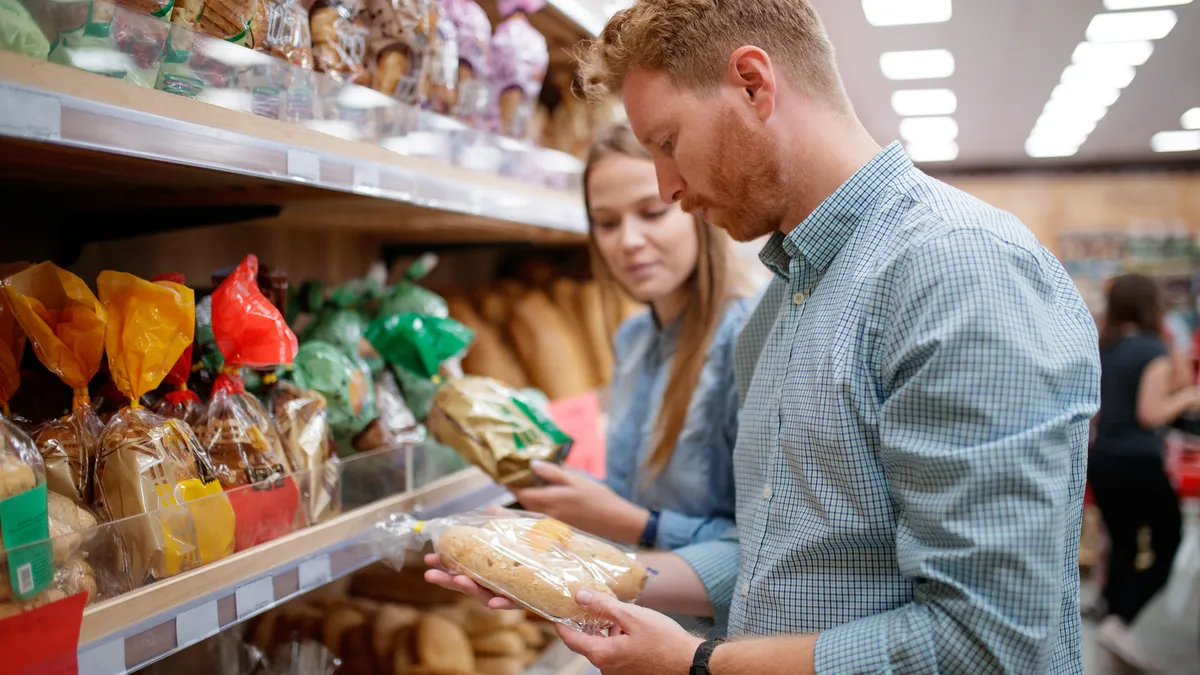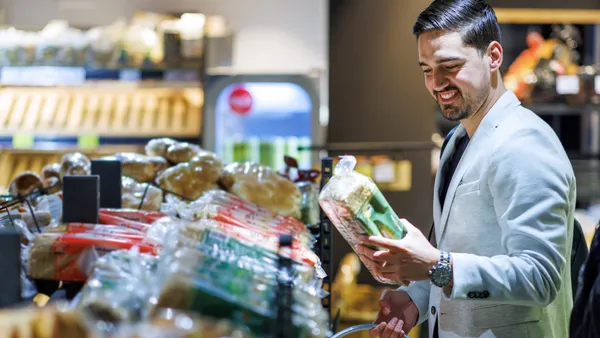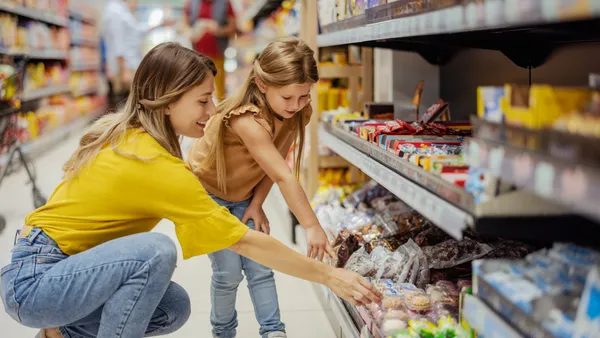Grocery stores are increasingly seeking ways to be eco-friendly, and they are looking to packaging companies for their expertise and products.
Like most retailers, grocers are invested in supporting the environment. Even if they weren't, they still face mounting pressure from consumers who are willing to pay higher prices and travel farther to patronize grocery stores that share their sustainability values.1 Additionally, local, state and federal regulations continually challenge grocers to raise the bar to create more eco-friendly operating processes.
With demand to improve sustainability coming from multiple fronts, grocers turn to food producers for solutions.
Food producers, in turn, look to packaging companies, says Ron Cardey, senior vice president at Kwik Lok. "Food producers come to us and say, 'We know we need to do something to improve sustainability, but we have constraints because we don't have a big margin. What are some of the options we have?'"
The answer? Three strategies to identify and implement eco-friendly packaging solutions that are right for the business, Cardey says.
1. Find the right solution.
That solution is more than a product, such as a sustainable food closure. The right solution requires understanding the big picture and addressing the whole problem—even as new ones evolve.
It starts with a thorough understanding of the food producer's goals, Cardey said. How are they measuring the success of the solution? If they're trying to reduce carbon, certain other components should be used. Or, in parts of the world where plastic is strictly regulated, the right solution takes that into account.
The solution that is "right" for now will change as new processes, technologies and regulations affect production. Because of these rapid changes, food producers need to anticipate that their solution will require future iterations and can be adjusted to meet new demands.
2. Find the right partner.
Since solutions aren't one-size-fits-all, find a partner who can develop an answer for individual needs for both retailers and consumers. The right partner will search for new ways of packaging that account for freshness, safety, eco-friendliness and cost. It's not just about a sustainable product, Cardey said. It's about a product that works within a food producer's system.
"In 2019, Kwik Lok introduced the first sustainable closure," he said. The closure had to function in a variety of machines or it wouldn't be practical. A partner must understand the challenges food producers and grocers encounter and develop products that make those challenges more manageable.
Grocers collaborating with packaging companies like Kwik Lok reduce their risk of a misstep in packaging decisions. For example, Kwik Lok works with other bag manufacturers and keeps up to date on industry innovations. This means Kwik Lok's partners can better anticipate the rapidly changing landscape.
3. Communicate your efforts.
The best eco-friendly strategies won't be appreciated if your customers—and their customers—don't know about them. In one study, nearly half of consumers surveyed (48.6%) said their primary retailer didn't have a sustainability program in place--even though 85% of the stores did practice some aspects of sustainability.2
"Retailers haven't done much in the way of communicating with the consumer," Cardey said. This communication includes using signage, social media and advertising. QR codes can also be used on packaging closures, allowing more educational and cross-promotional marketing opportunities.
When a retailer invests in a partnership to advance sustainability, it's critical to highlight it, not just to get acknowledged for the efforts but also to educate consumers about sustainability. Whether it's explaining the virtues of buying ugly fruit or what different recycling symbols on packages mean or providing a how-to on composting, grocers can help their customers attain their sustainability goals.
The expectations and challenges involved in delivering eco-friendly products aren't going away. As food producers and grocers balance business, consumer and environmental requirements, the three strategies for eco-friendly packaging create solutions that benefit everyone.
Looking for an eco-friendly alternative but not sure where to start? Check out Kwik Lok's latest offerings to see how they could help.
- Browne, Michael. "Sustainability Ranks High on Consumers' Shopping List, New Report Shows." Supermarket News, 7 Oct. 2021, www.supermarketnews.com/sustainability/sustainability-ranks-high-consumers-shopping-list-new-report-shows.
- Hoeft, Andrew. "Making Sustainability Visible in Your Grocery Stores." Datecheckpro.Com, www.datecheckpro.com/blog/making-sustainability-visible-in-your-grocery-stores. Accessed 3 Feb. 2022.










